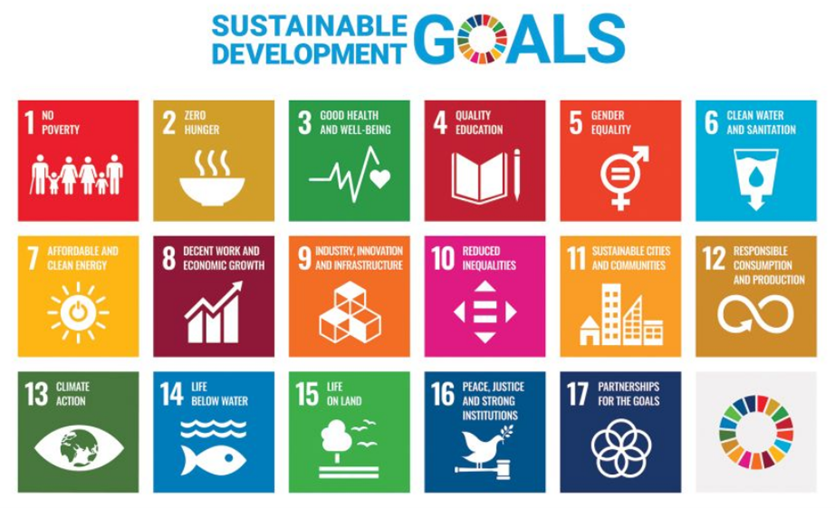Introduction
Sustainability, ESG, corporate responsibility, environmental justice, stakeholder engagement, climate change, equity, inclusion and diversity and greenwashing. What does it all mean and how do mining companies weigh the costs, benefits and risks of becoming more sustainable?
And why talk about sustainability in a law firm blog? Creating a culture of sustainability requires a cross-functional approach. However, lawyers can play an important role in such an effort as trained problem solvers who are accustomed to assessing risk and reward. Further, lawyers ensure compliance with laws, regulations and policies – the foundation of a robust sustainability program. Thus, a company’s lawyers, whether in house or outside counsel, should play an important role in creating a sustainability culture.
Many larger mining companies are well down the road of implementing sustainability programs. In fact, many have hired Sustainability Officers, and most have published sustainability reports. These programs and reports have some common themes such as workplace safety, a commitment to environmental compliance, greenhouse gas reduction and engagement with local communities. Other issues may be more unique depending upon the geographic areas of operations and the type of business, as mining companies often have a significant impact upon local communities. Issues relating to truck traffic, dust, blasting and impact on local water resources may need to be addressed. Thus, operating in a sustainable manner is of particular importance to the mining industry.
Almost all programs address the three pillars of people, planet and prosperity. All are worthwhile pursuits, but the hard decisions arise when goals or targets conflict. For example, a mining company may have the goal of reducing C02 emissions, and one of the tactics to do so may be to use more biofuels. If the biofuels are less expensive than diesel, then the use of such fuels serves both the planet and prosperity pillars. However, what if the biofuels are more expensive than diesel? At what point is the difference material enough to stick with diesel?
Many environmentalists make the argument that going green will lift the economy and create new jobs and, longer term, they may be right. However, in the short term, going green can often result in additional costs and lower profits. So, is it all worth it? Yes. Being a good corporate citizen ensures a long-term social license to operate. Moreover, it is the right thing to do. We all want to leave the world a better place for future generations. How that guides our day-to-day decisions – that is really what sustainability is all about.
One important note before discussing the development of a strategy: stop and think about the many benefits that your company brings to society. Jobs created, taxes paid, support of suppliers and customers all can be emphasized. What are the end uses of your products and how do such products help to create a better world? The fact is that, without the mining industry, modern society as we know it would not exist.
The strategy
Most would agree that a successful sustainability program requires, at the very least:
- Buy in from senior management;
- A change in culture in which every employee feels responsible for sustainability; and
- Specific and measurable goals.
But where to begin?
The leadership team or executive committee (the LT) of a company should designate one of its members to lead a steering committee (the Committee). The LT can agree upon the original composition of the Committee. The Committee should be comprised of professionals from a variety of functions and should periodically report to the LT on its progress.
The first goal of the Committee should be to develop a vision and a long-term strategy document (the Roadmap). The Roadmap should include a number of priorities, supported by specific goals and targets. The Committee can look at Sustainability Reports published by other companies as well as the seventeen United Nations Sustainable Development Goals (set forth below) (SDGs) to help generate ideas.

Source: United Nations – https://sdgs.un.org/goals
Once the Roadmap has been rolled out, how does the company ensure that the workforce stays engaged? First, communicate: if your company CEO has periodic townhalls, have them talk about sustainability initiatives and achievements. If one of the sites initiates an energy saving project, supports a local school or charity or reaches an important safety milestone, publish it. When members of the LT visit the mining operations, encourage them to talk about sustainability. Second, include sustainability targets in the budgeting process. As you outline the targets, remember the truism, “what gets measured gets managed.” Finally, consider building the sustainability goals into incentive compensation plans.
Now you have a strategy and you’ve started implementation. What next?
Next steps
A published Sustainability Report can let all stakeholders know how the company is doing. It can also engender a feeling of pride and accomplishment among employees and help to attract new talent. You might also want to consider having an outside agency assess your sustainability program, as such agencies can help identify areas for improvement. For example, Ecovadis, an environmental sustainability ratings platform, rates companies in particular industries based upon four areas: environmental, social, ethics and supply chain. If the company has a good strategy in place, the score awarded by Ecovadis should increase from year to year. Ecovadis’s report can also be used to reply to customer questionnaires regarding sustainability.
Conclusion
The journey sounds like a lot, but when you think about it, your company is already doing a lot of what falls under the umbrella of sustainability. With that said, your stakeholders expect an integrated strategy and developing one can help to identify areas in which your company can improve, but also areas in which you are doing well. Moreover, it can create a real sense of belonging and engagement within the workforce. Finally, doing so helps a company to set priorities, with a focus on the long-term. So go ahead and get started, and if you’ve already started, keep on going. The best strategies are constantly being reviewed, discussed and refined.
For more information on this topic please contact the authors; Kevin Whyte and Andrew Waxman.

